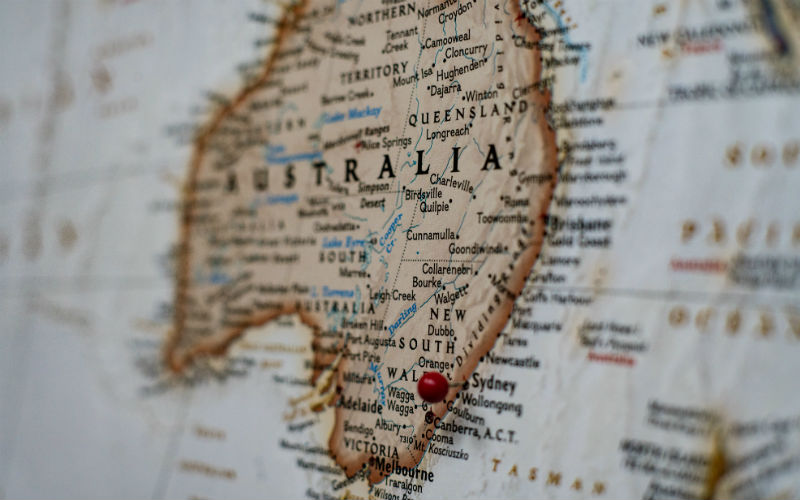This was an increase from a rate of 3.5% in December, driven by lower participation (down to 66.5%), and Christmas period lulls.
The level of employment decreased by 11,000 people, while the number of unemployed increased by 22,000 people.
ABS Head of Labour Statistics Bjorn Jarvis detailed this was the second consecutive monthly fall in seasonally adjusted employment but followed very strong growth during 2022.
"January is the most seasonal time of the year in the Australian labour market, with people leaving jobs but also getting ready to start new jobs or return from leave,” Mr Jarvis said.
“This January, we saw more people than usual with a job indicating they were starting or returning to work later in the month."
The Reserve Bank’s Statement of Monetary Policy (SOMP) released last week, revealed the expectation for the unemployment rate to remain around 3.5% until mid-2023, before rising as growth in output slows.
The print of 3.7% released Thursday by the ABS remains ahead of many forecasts, given the RBA anticipates a 3.75% unemployment rate by December 2023.
Speaking to the Senate Economics Legislation Committee on Wednesday, Reserve Bank Governor Dr Phillip Lowe said if forecasts of 4.5% unemployment by mid-2024 made by the central bank come to fruition, it will be a good outcome for Australia.
“Before the pandemic, the lowest (unemployment rate) we got to was a bit above 5,” Dr Lowe said.
“A lot of this depends on how wage outcomes develop. If wage outcomes stay in a reasonable ballpark then we can manage a fairly soft landing.”
While it's just a tick higher thus far the #RBA's unemployment rate forecast is already being challenged. The resilience of economies thus far is based on robust labour markets seemingly offsetting very weak sentiment. If the former unravels the latter becomes very concerning pic.twitter.com/T7dqLQfnAm
— Alex Joiner (@IFM_Economist) February 16, 2023
Major bank economists remained in consensus with one another, forecasting the unemployment rate to remain steady at 3.5% for January.
In terms of hours worked throughout January, the ABS detailed a 2.1% decline, reflected by a higher-than-usual number of people taking annual leave in January.
"Early January is the seasonal peak in people taking annual leave. As in 2021 and 2022, January 2023 again saw more people than usual taking annual leave,” Mr Jarvis said.
“Around 43% of employed people worked reduced or no hours because they were on leave, compared with around 41% of employed people over the same period before the pandemic.”
Further, the ABS detailed seasonally adjusted underemployment rate remained steady at 6.1%, 0.4 percentage points below January 2022.
The underutilisation rate, which combines the unemployment and underemployment rates, rose 0.2% to 9.8% in seasonally adjusted terms.
First published on February 2023
Image by Joseph Ruwa via Pexels



 Harry O'Sullivan
Harry O'Sullivan
 Harrison Astbury
Harrison Astbury



